Rising Urbanization
The trend of increasing urbanization appears to be a pivotal driver for the Affordable Housing Market. As more individuals migrate to urban areas in search of employment and better living conditions, the demand for affordable housing intensifies. According to recent data, urban populations are projected to reach 68% by 2050, which could exacerbate housing shortages. This urban influx necessitates innovative housing solutions that cater to diverse income levels, thereby propelling the Affordable Housing Market forward. Furthermore, cities are increasingly recognizing the need for affordable housing initiatives to maintain social stability and economic growth, suggesting a potential increase in funding and policy support for such projects.
Government Initiatives and Policies
Government initiatives and policies play a crucial role in shaping the Affordable Housing Market. Various countries have implemented programs aimed at increasing the availability of affordable housing through subsidies, tax incentives, and zoning reforms. For instance, recent legislative measures in several regions have allocated billions in funding to support affordable housing projects. These initiatives not only aim to reduce homelessness but also to stimulate local economies by creating jobs in construction and related sectors. The commitment of governments to address housing affordability issues indicates a sustained focus on enhancing the Affordable Housing Market, potentially leading to a more robust and accessible housing landscape.
Economic Factors and Income Disparity
Economic factors, particularly income disparity, significantly influence the Affordable Housing Market. As income inequality continues to widen, a substantial portion of the population struggles to afford housing. Data indicates that in many regions, housing costs have risen at a rate far exceeding wage growth, creating a pressing need for affordable housing solutions. This economic landscape compels developers and policymakers to prioritize affordable housing projects, as they seek to address the needs of low- and middle-income families. The growing recognition of the importance of equitable housing access may drive further investment and innovation within the Affordable Housing Market.
Increased Demand for Sustainable Housing
The growing demand for sustainable housing is becoming a significant driver in the Affordable Housing Market. Consumers are increasingly prioritizing eco-friendly living options, which has led to a rise in interest for energy-efficient homes and sustainable building practices. Recent surveys indicate that a substantial percentage of homebuyers are willing to pay a premium for sustainable features, suggesting a shift in market preferences. This trend not only addresses environmental concerns but also enhances the long-term affordability of housing through reduced utility costs. As the Affordable Housing Market adapts to these changing consumer preferences, it may foster innovative solutions that integrate sustainability with affordability.
Technological Advancements in Construction
Technological advancements in construction are emerging as a transformative force within the Affordable Housing Market. Innovations such as modular construction, 3D printing, and sustainable building materials are enabling faster and more cost-effective housing solutions. For example, modular homes can be constructed in a fraction of the time compared to traditional methods, potentially reducing overall costs. This efficiency not only addresses the urgent demand for affordable housing but also aligns with sustainability goals. As technology continues to evolve, it is likely to play an increasingly vital role in shaping the future of the Affordable Housing Market, offering new avenues for development and design.


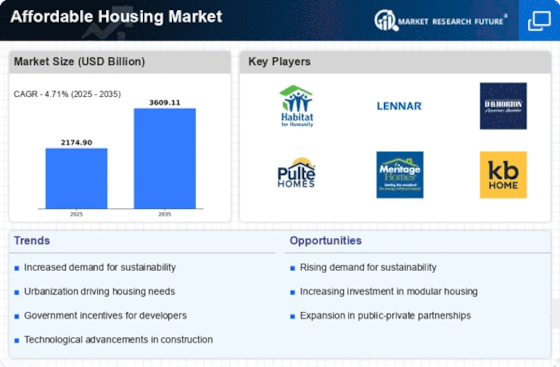
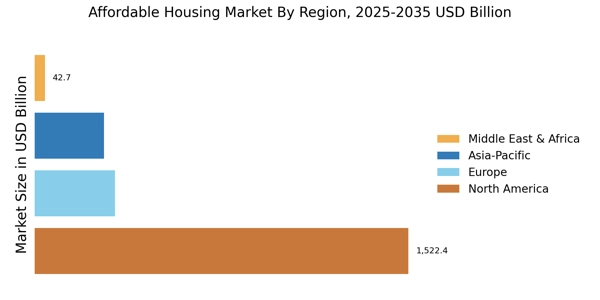


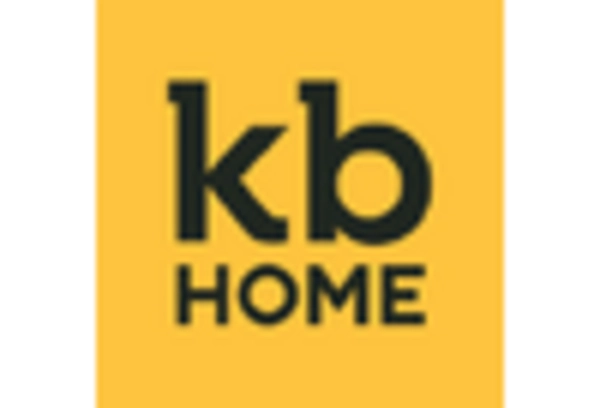
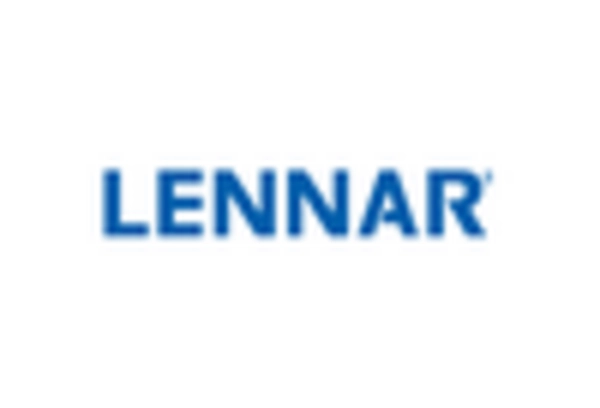
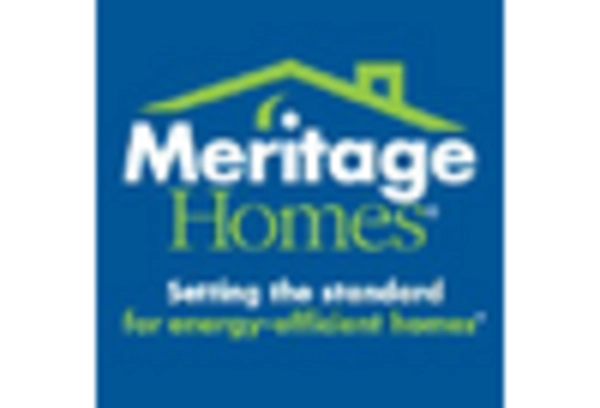









Leave a Comment